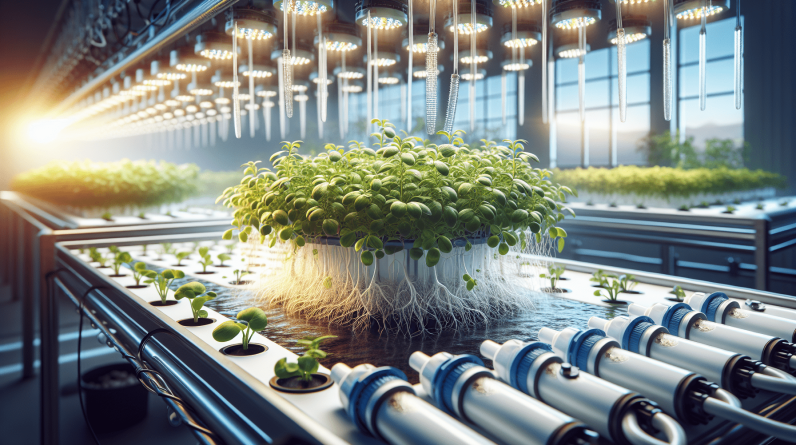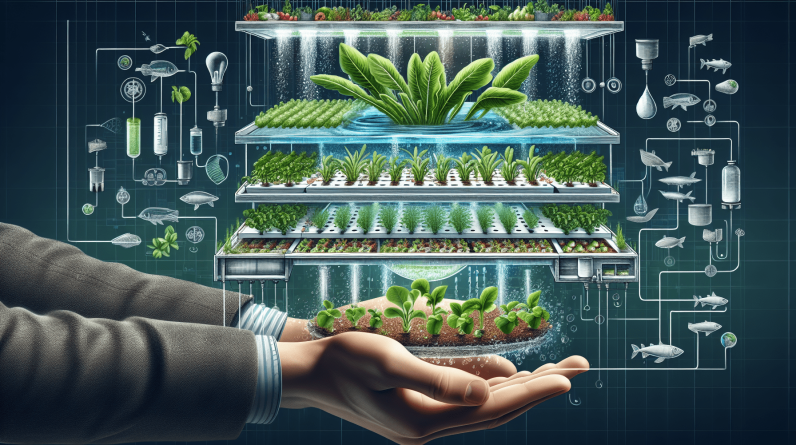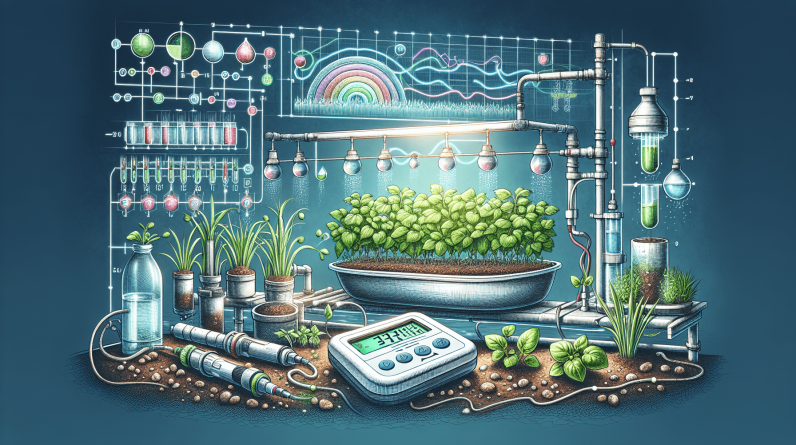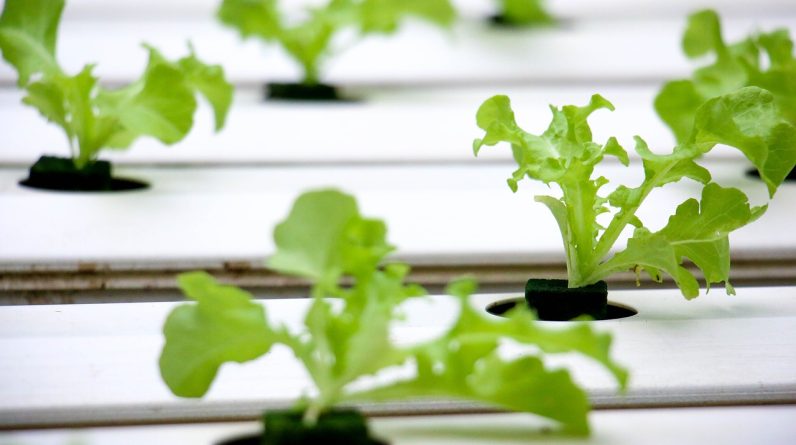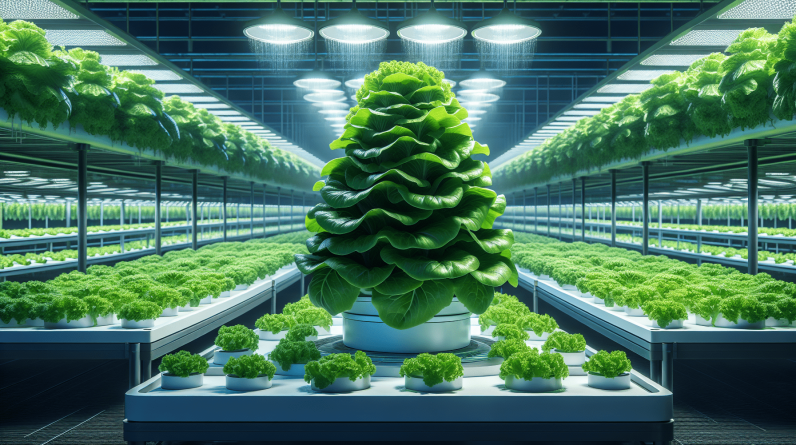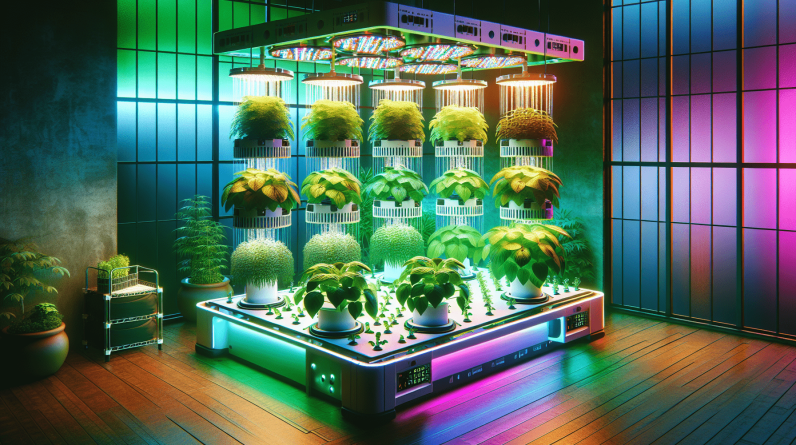
Is Hydroponic Gardening Right for You?
If you’re looking to maximize your plant growth, a hydroponic system may be the perfect solution for you. These innovative systems offer a range of benefits, from faster growth rates to higher yields, making them a popular choice for modern gardeners. Before you dive into setting up an automated hydroponic system, it’s important to consider if this method aligns with your gardening goals and lifestyle. Let’s explore some key factors to help you determine if hydroponic gardening is the right fit for you.
Benefits of Hydroponic Gardening
Hydroponic growing systems offer a variety of advantages over traditional soil gardening methods. They provide plants with a nutrient-rich solution directly to their roots, promoting faster growth and increased yields. By eliminating the need for soil, hydroponic systems help conserve water, making them an eco-friendly option. In addition, these systems allow for year-round cultivation, regardless of weather conditions, giving you the flexibility to grow fresh produce consistently.
Considerations Before Starting a Hydroponic System
Before you invest in setting up a hydroponic system, there are a few key considerations to keep in mind. Take into account factors such as the space available for your setup, the types of plants you want to grow, and your level of gardening experience. It’s essential to understand the maintenance requirements of hydroponic systems and ensure that you have the time and resources to commit to this innovative gardening method. By carefully evaluating these factors, you can determine if hydroponic gardening is the right choice for you.
Understanding the Components of an Automated Hydroponic System
To achieve optimal growth in your hydroponic garden, it’s crucial to understand the essential components of an automated system. These components work together to create an efficient and effective growing environment for your plants. By familiarizing yourself with each element, you can set up a fully automated system that maximizes growth and productivity. Let’s explore the key components of an automated hydroponic system in detail.
Reservoir
The reservoir is the container that holds the nutrient solution in a hydroponic system. It provides a constant supply of nutrients to the plants’ roots, ensuring they receive the essential elements they need for growth. When setting up an automated system, choose a reservoir that is large enough to accommodate your plant’s growing needs and allows for easy monitoring and maintenance of nutrient levels.
Grow Trays
Grow trays are where the plants are placed in a hydroponic system. These trays hold the growing medium in which the plants’ roots can grow and absorb nutrients from the nutrient solution. When assembling an automated hydroponic system, select grow trays that are suitable for the types of plants you wish to grow and ensure they are compatible with the automation equipment you plan to use.
Pump and Tubing
The pump and tubing are essential components of an automated hydroponic system, responsible for circulating the nutrient solution throughout the system. The pump transfers the solution from the reservoir to the grow trays, ensuring that all plants receive an equal amount of nutrients. Tubing connects the pump to the grow trays, creating a continuous flow of nutrients that supports healthy plant growth. When choosing a pump and tubing for your system, opt for reliable, high-quality components that can withstand continuous use.
Lighting System
In an automated hydroponic system, a lighting system is crucial for providing plants with the necessary light for photosynthesis. LEDs are a popular choice for hydroponic lighting due to their energy efficiency and customizable spectrum options. When setting up your automated system, ensure that your lighting system is tailored to the specific light requirements of the plants you are growing, adjusting the intensity and duration of light exposure accordingly.
Automation Controller
An automation controller is the brain of your automated hydroponic system, regulating and controlling various components such as pumps, lighting, and nutrient dosing. This controller allows you to program specific schedules for watering, lighting, and nutrient delivery, ensuring that your plants receive the optimal conditions for growth. When selecting an automation controller, choose a model that is user-friendly and offers customizable settings to meet your gardening needs.
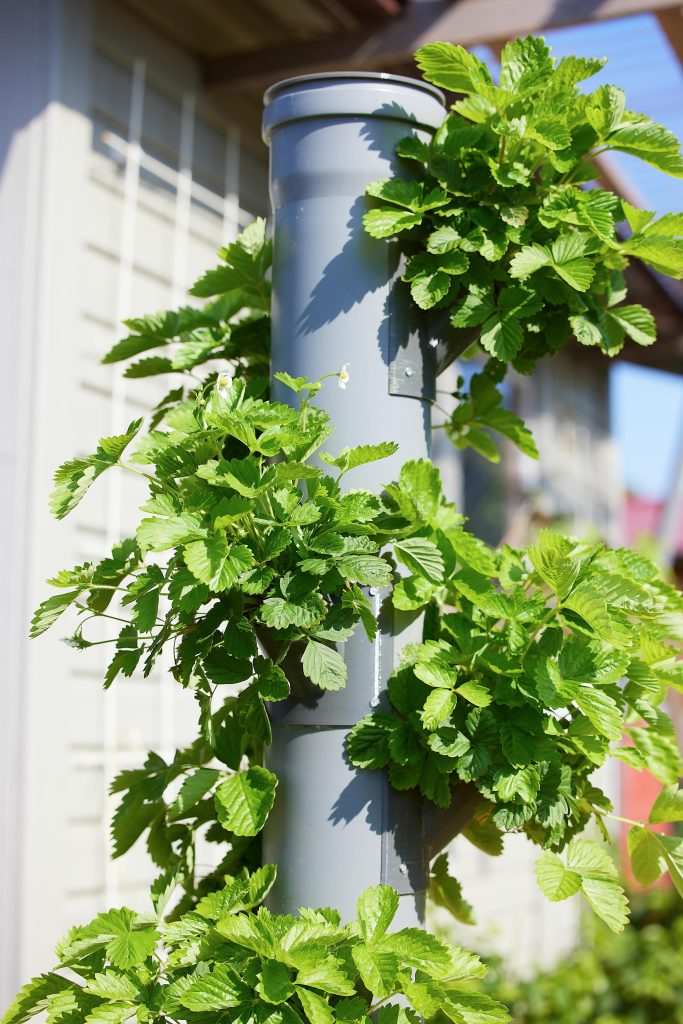
Steps to Set Up an Automated Hydroponic System
Now that you have a solid understanding of the components of an automated hydroponic system, it’s time to put everything together and set up your own system for maximum growth. By following these step-by-step instructions, you can create an efficient and productive hydroponic garden that yields fresh, healthy produce year-round.
Step 1: Choose a Suitable Location
Select a location for your automated hydroponic system that receives ample natural light or where you can install artificial lighting. Ensure that the area is well-ventilated and has access to electrical outlets for powering the system components. Keep in mind the space requirements of your system and the proximity to a water source for easy nutrient solution maintenance.
Step 2: Assemble the Components
Begin by gathering all the necessary components for your automated hydroponic system, including the reservoir, grow trays, pump, tubing, lighting system, and automation controller. Follow the manufacturer’s instructions to assemble each component, ensuring that they are properly connected and securely in place. Test the system to ensure that all components are functioning correctly before proceeding to the next step.
Step 3: Prepare the Nutrient Solution
Mix a nutrient solution using a hydroponic nutrient formula, following the manufacturer’s guidelines for the appropriate concentrations. Fill the reservoir with the nutrient solution, making sure to check the pH and nutrient levels to ensure they are within the optimal range for plant growth. Monitor the nutrient solution regularly and adjust as needed to maintain the desired nutrient balance for your plants.
Step 4: Install the Grow Trays
Place the grow trays in the designated locations within your hydroponic system, ensuring that they are level and stable. Add the growing medium to the trays, creating a suitable environment for the plants’ roots to grow and absorb nutrients. Arrange the plants in the trays, spacing them according to their specific requirements and ensuring they have ample room to grow without overcrowding.
Step 5: Set Up the Pump and Tubing
Connect the pump to the reservoir and the tubing to the grow trays, creating a continuous flow system for the nutrient solution. Position the pump in a location that allows for easy access and maintenance, ensuring that it is functioning correctly and delivering the solution to all plants evenly. Adjust the flow rate as needed to provide adequate nutrient circulation throughout the system.
Step 6: Install the Lighting System
Position the lighting system above the grow trays at the appropriate height to provide optimal light exposure to the plants. Adjust the intensity and duration of the light according to the specific requirements of the plants you are growing, ensuring they receive the necessary light spectrum for photosynthesis. Program the lighting schedule on the automation controller to maintain consistent light cycles for your plants.
Step 7: Configure the Automation Controller
Set up the automation controller according to your desired schedule for watering, lighting, and nutrient dosing. Program the controller to automate the functions of the system, adjusting the parameters as needed to meet the specific growth requirements of your plants. Monitor the system regularly and make any necessary adjustments to ensure that your plants are receiving the optimal conditions for growth and productivity.

Maintaining Your Automated Hydroponic System for Maximum Growth
Once you have set up your automated hydroponic system, it’s essential to maintain it properly to ensure maximum growth and productivity from your plants. By following these maintenance tips and best practices, you can keep your system running smoothly and your plants thriving throughout their growth cycle.
Monitor Nutrient Levels
Regularly check the pH and nutrient levels of the solution in your reservoir to ensure they are within the optimal range for plant growth. Adjust the nutrient solution as needed to maintain the correct balance of nutrients and prevent deficiencies or excesses that can impact plant health. Monitor plant growth and leaf color as indicators of nutrient availability, making adjustments as necessary to support healthy growth.
Inspect System Components
Periodically inspect all components of your automated hydroponic system, including the pump, tubing, grow trays, and lighting system, for any signs of wear or damage. Replace any worn or faulty parts to prevent system malfunctions and ensure that the system continues to operate efficiently. Clean and sanitize the components regularly to prevent the buildup of algae, bacteria, or debris that can affect plant health.
Adjust Automation Settings
Monitor the performance of your automation controller and adjust the settings as needed to optimize growth conditions for your plants. Fine-tune the watering, lighting, and nutrient dosing schedules based on the growth stage of your plants and any changes in environmental conditions. Regularly review and update the automation settings to maintain consistent and reliable operation of your hydroponic system.
Prune and Harvest Regularly
Prune your plants regularly to remove dead or damaged growth, promote airflow, and encourage new growth. Harvest mature plants as needed to prevent overcrowding and allow space for younger plants to grow. Monitor plant size and growth rates to determine the optimal timing for pruning and harvesting, ensuring that your plants remain healthy and productive throughout their growth cycle.
Clean and Maintain System Hardware
Clean and sanitize your automated hydroponic system regularly to prevent the buildup of algae, bacteria, or debris that can affect plant health. Disassemble the system components and clean them thoroughly with a mild disinfectant solution, rinsing them well before reassembling the system. Maintain proper hygiene practices to prevent contamination and ensure a healthy growing environment for your plants.
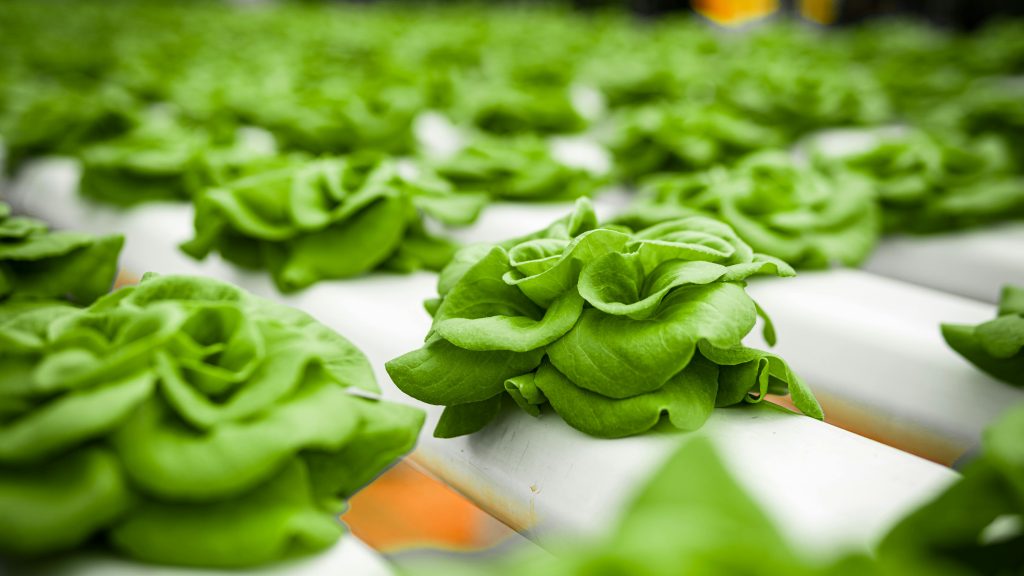
Conclusion
Setting up an automated hydroponic system for maximum growth requires careful planning, preparation, and maintenance to create an efficient and productive growing environment. By understanding the key components of a hydroponic system, following step-by-step instructions for setup, and implementing best practices for maintenance, you can achieve optimal growth and yields from your plants. Whether you are a beginner or experienced gardener, automated hydroponic systems offer a sustainable and efficient way to cultivate fresh, healthy produce year-round. Start your hydroponic gardening journey today and watch your plants thrive in a nutrient-rich, soil-free environment.
Related Content
- The Ultimate Guide to Hydroponic Farming at Home in 2025: 10 Effective Tips to Grow Like a Pro
- Choosing the Right Nutrients for Hydroponic Gardening
- Enhance Your Hydroponic System with IoT
- The Aesthetics of Hydroponic Indoor Gardens
- iDOO Indoor Garden Hydroponics Growing System 12Pods WiFi Smart Garden Plant Germination Kit with LED Grow Light Review





